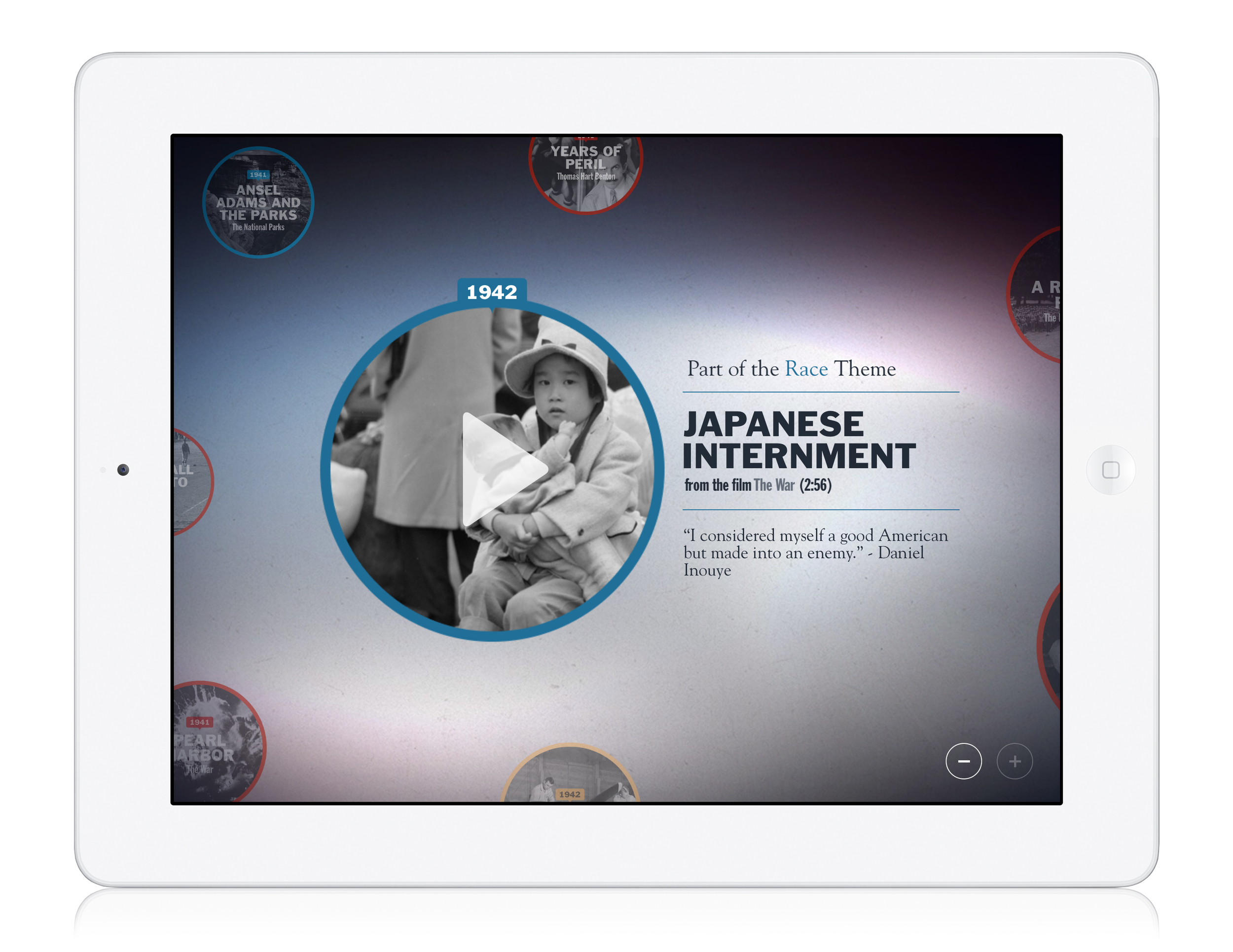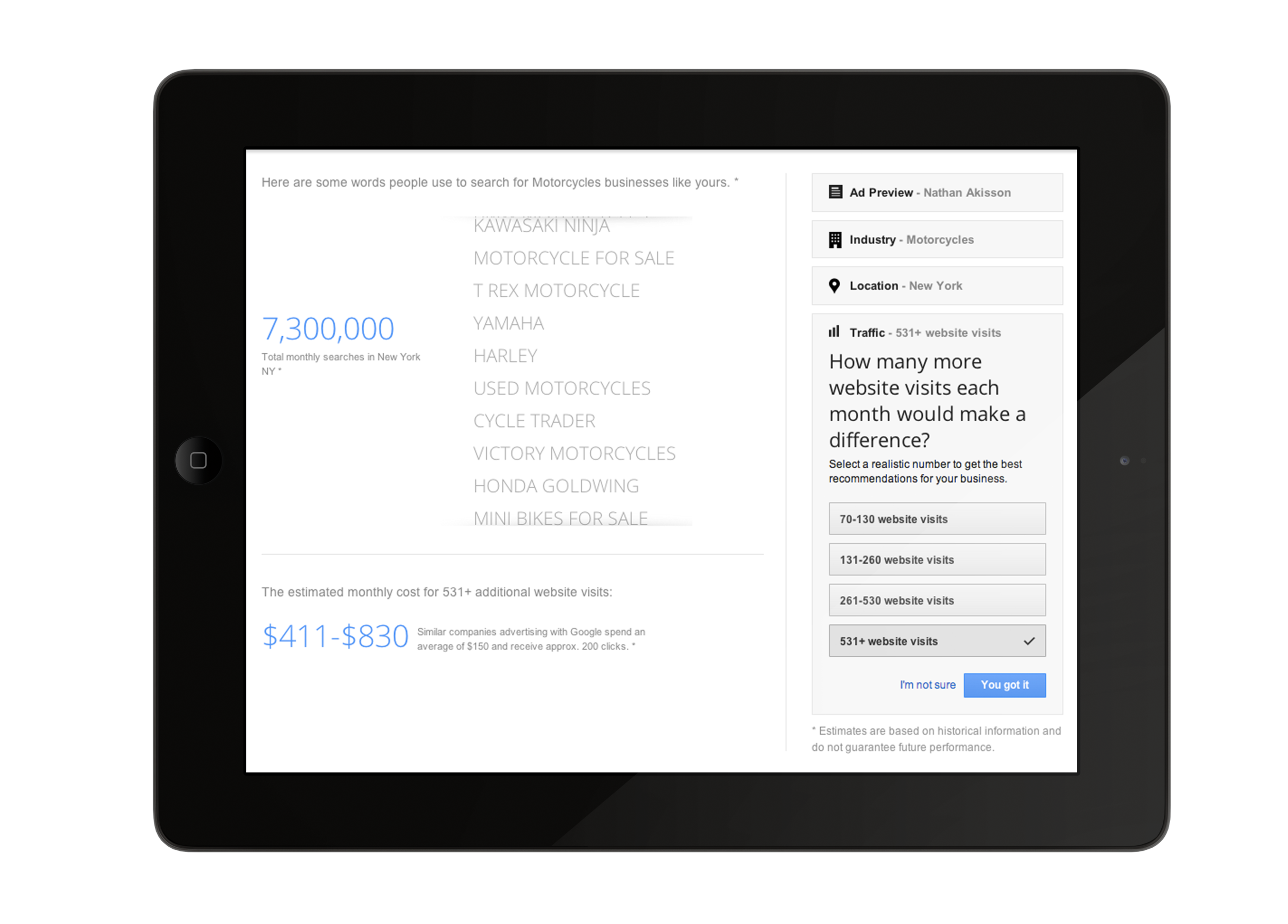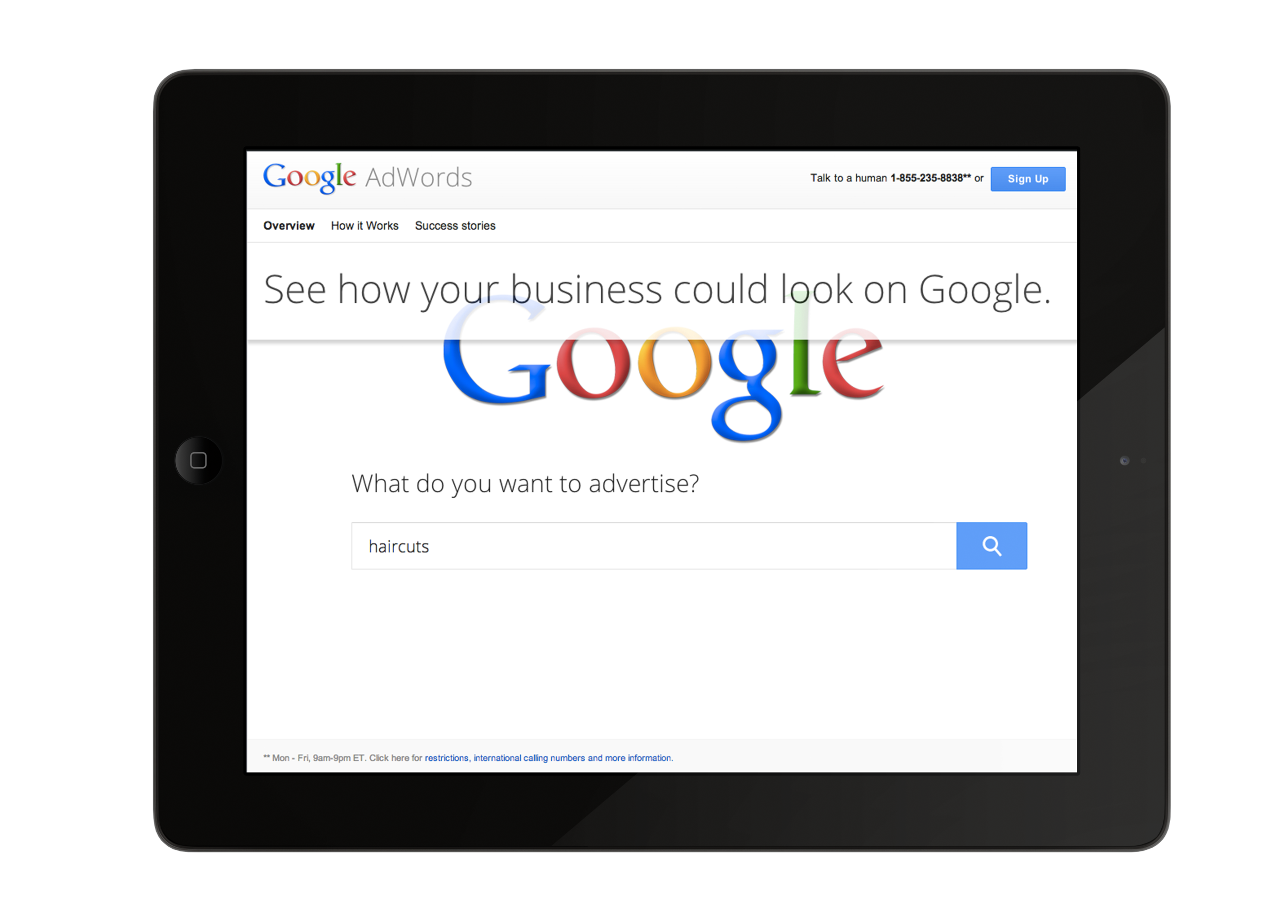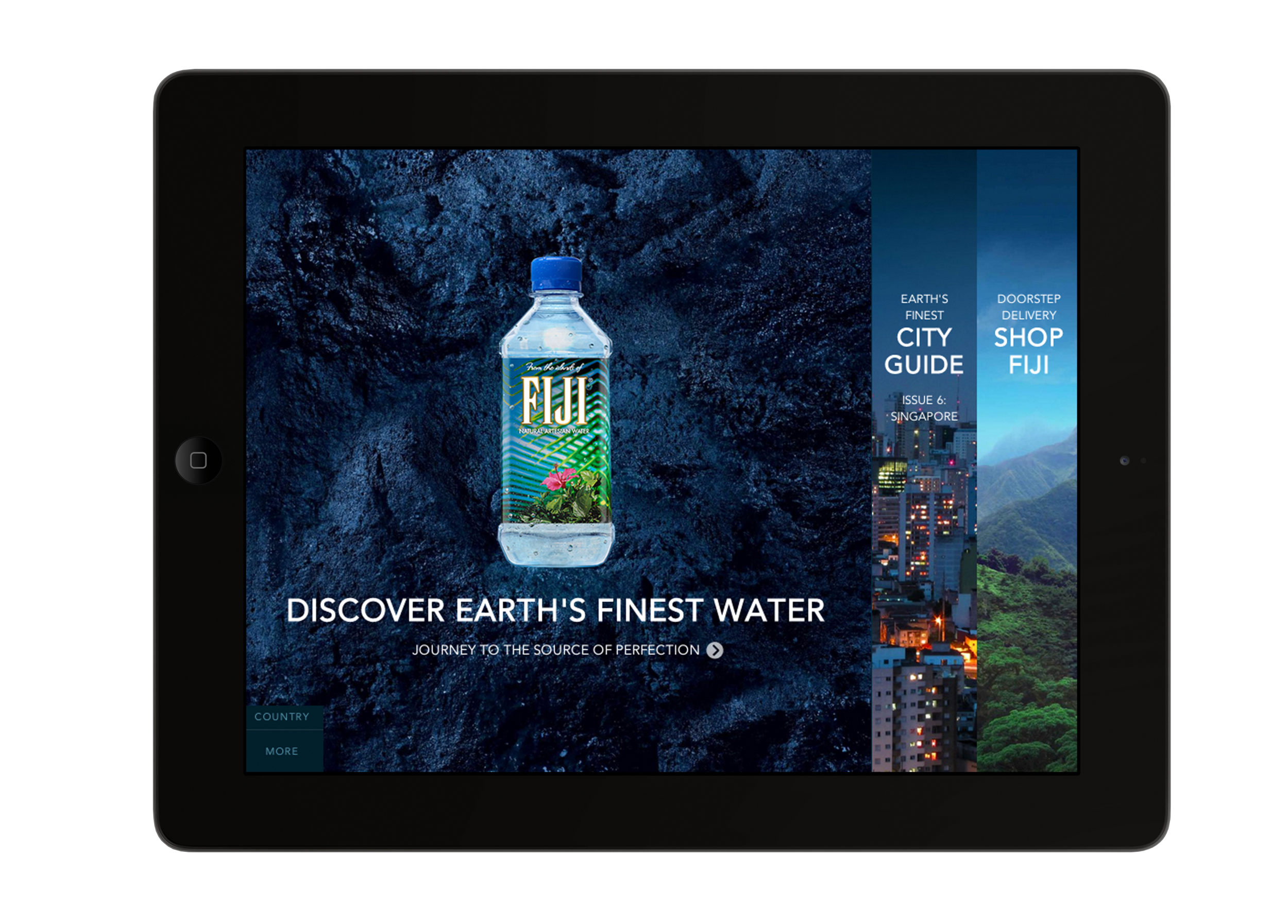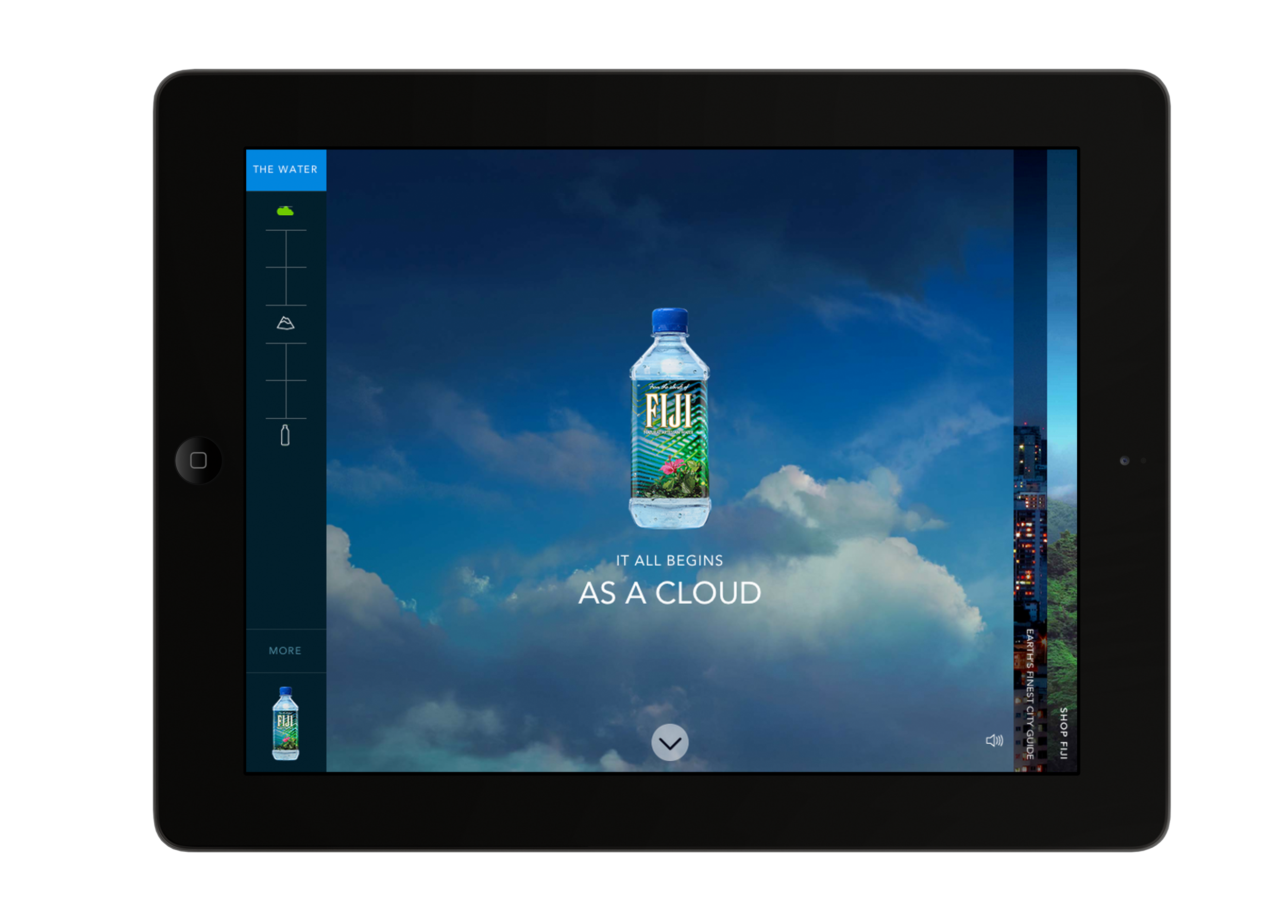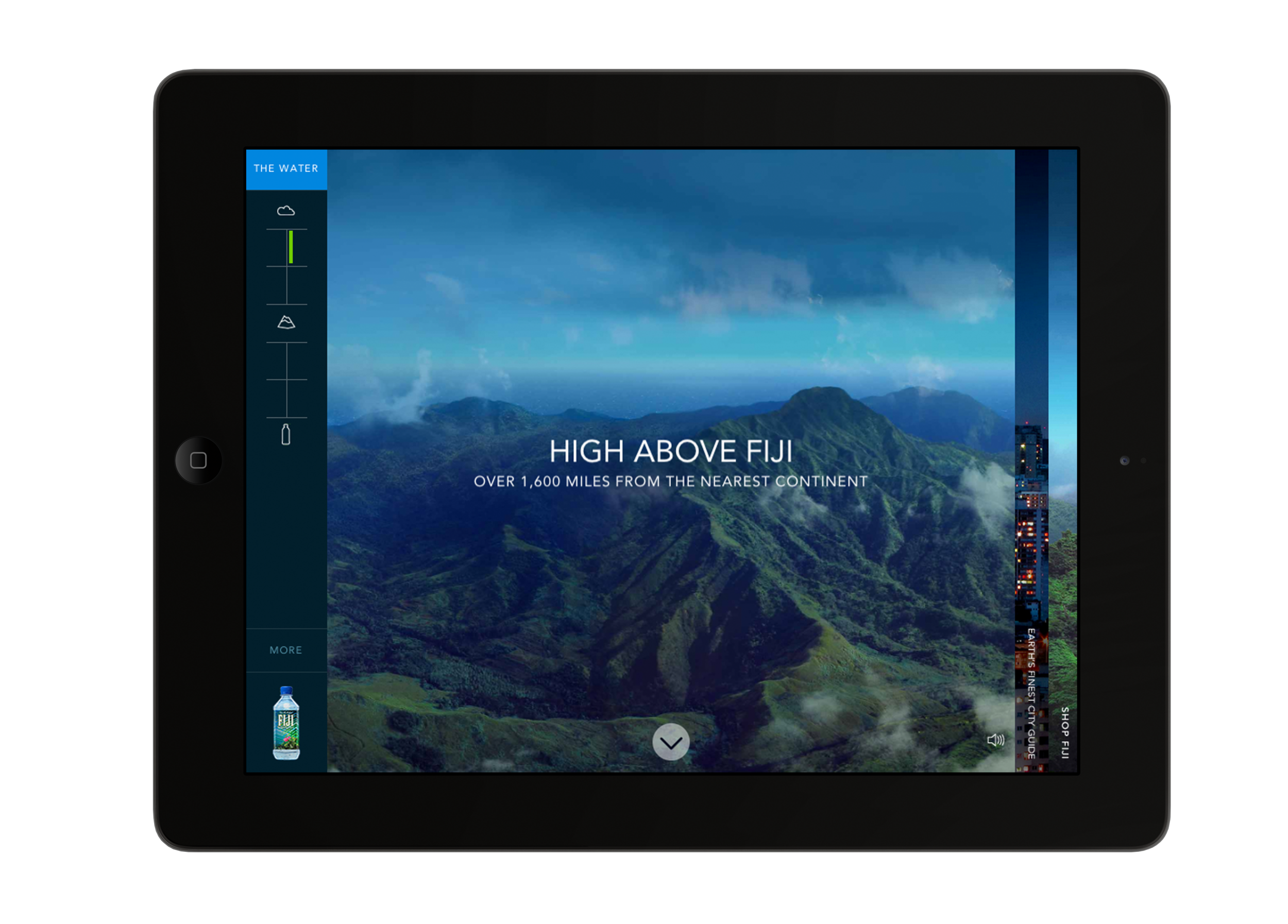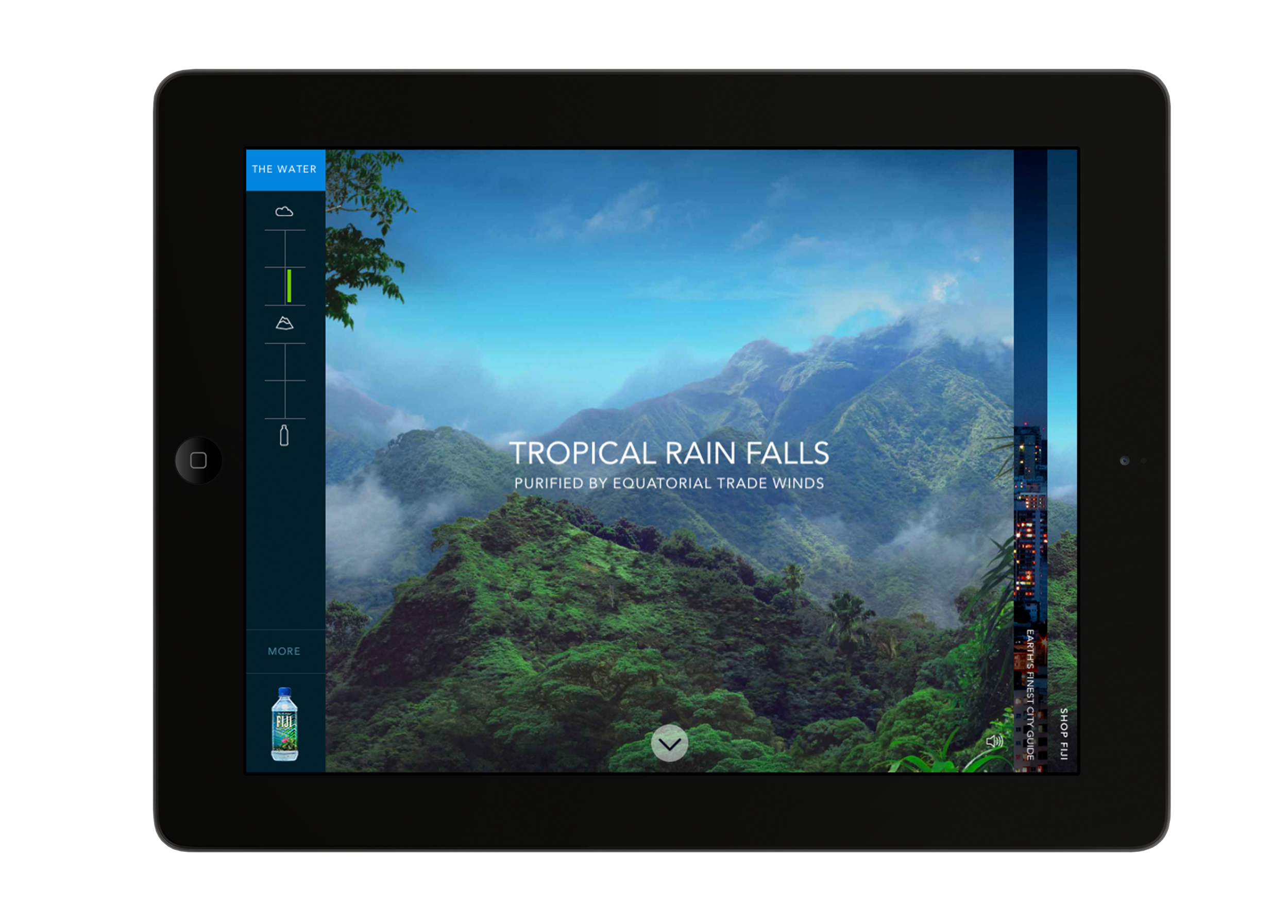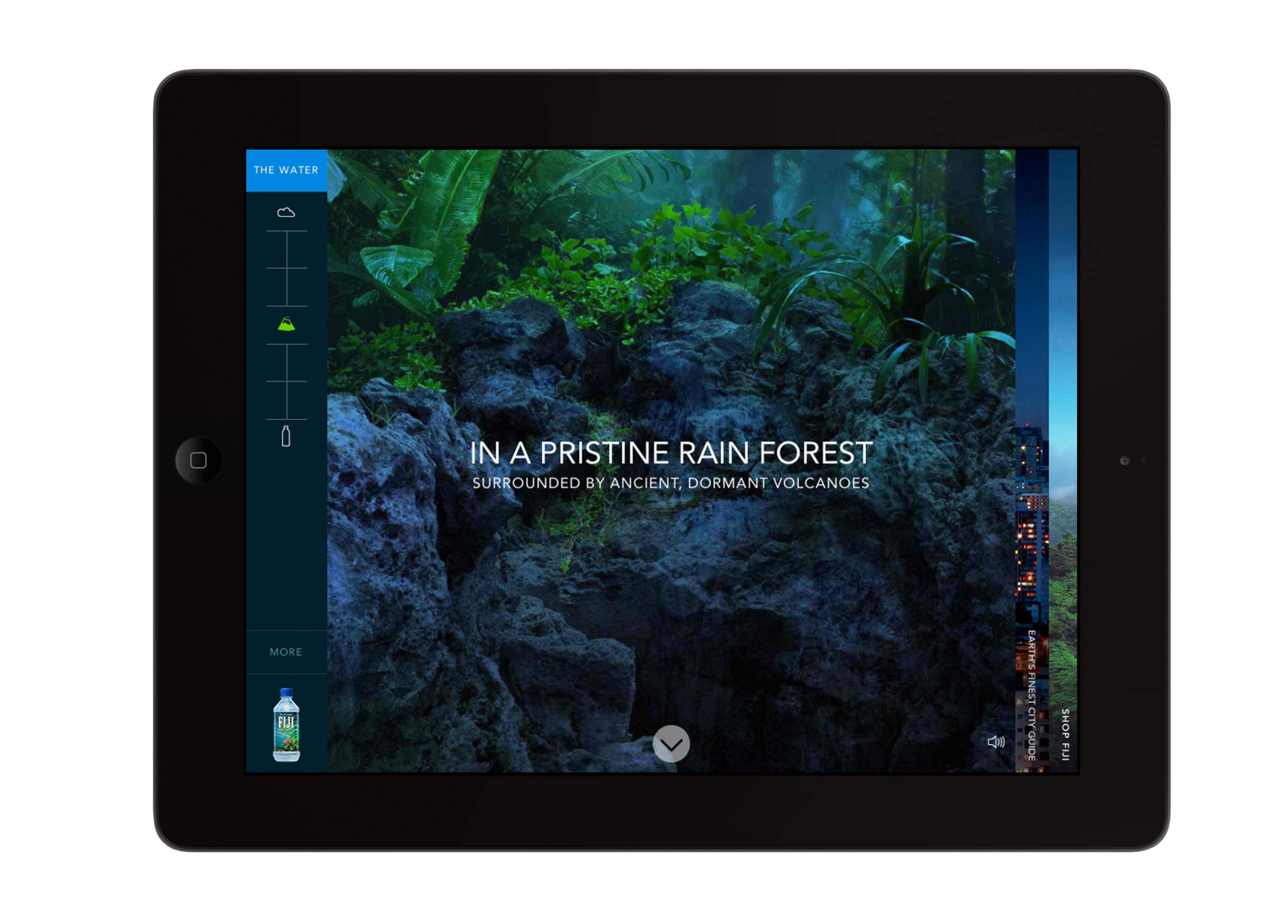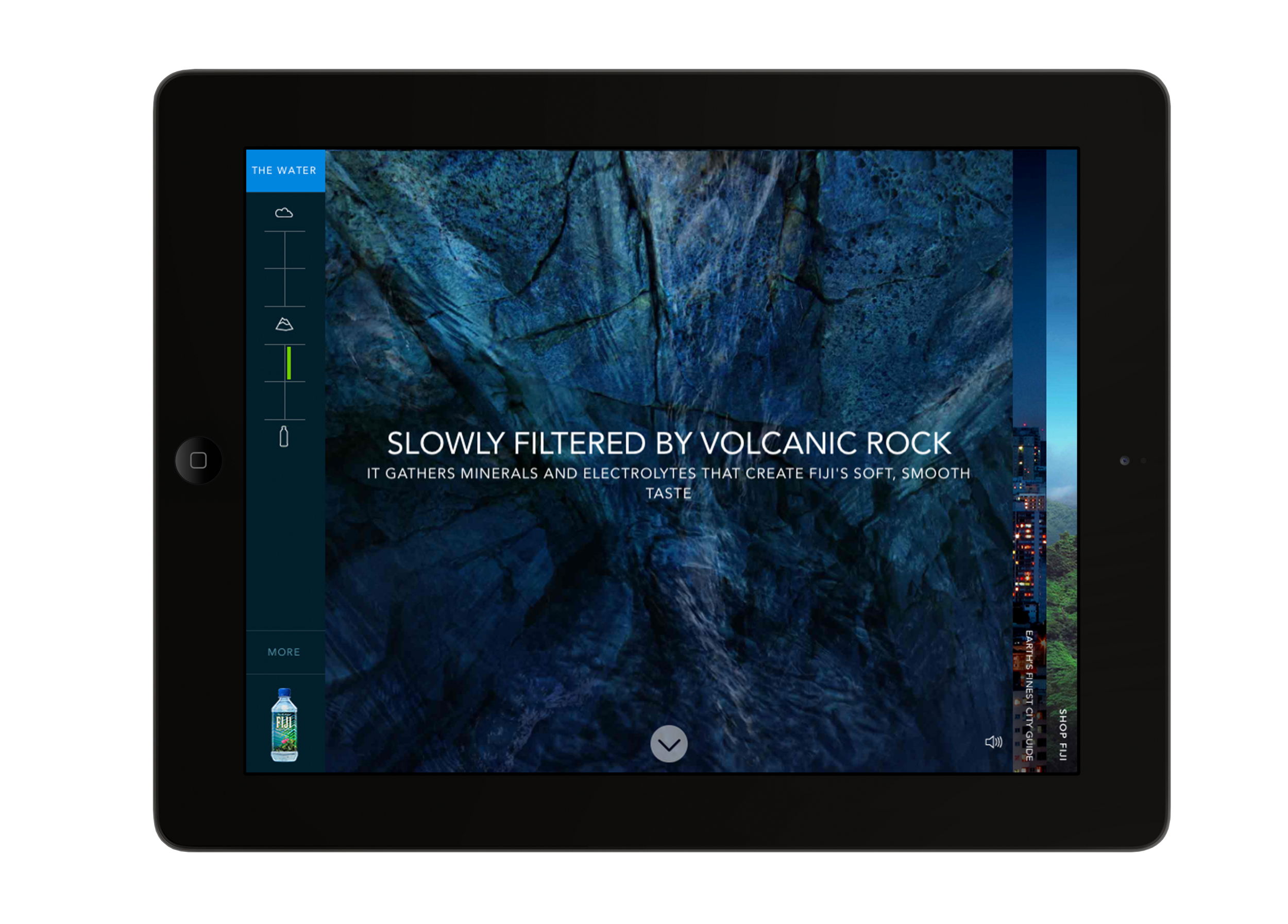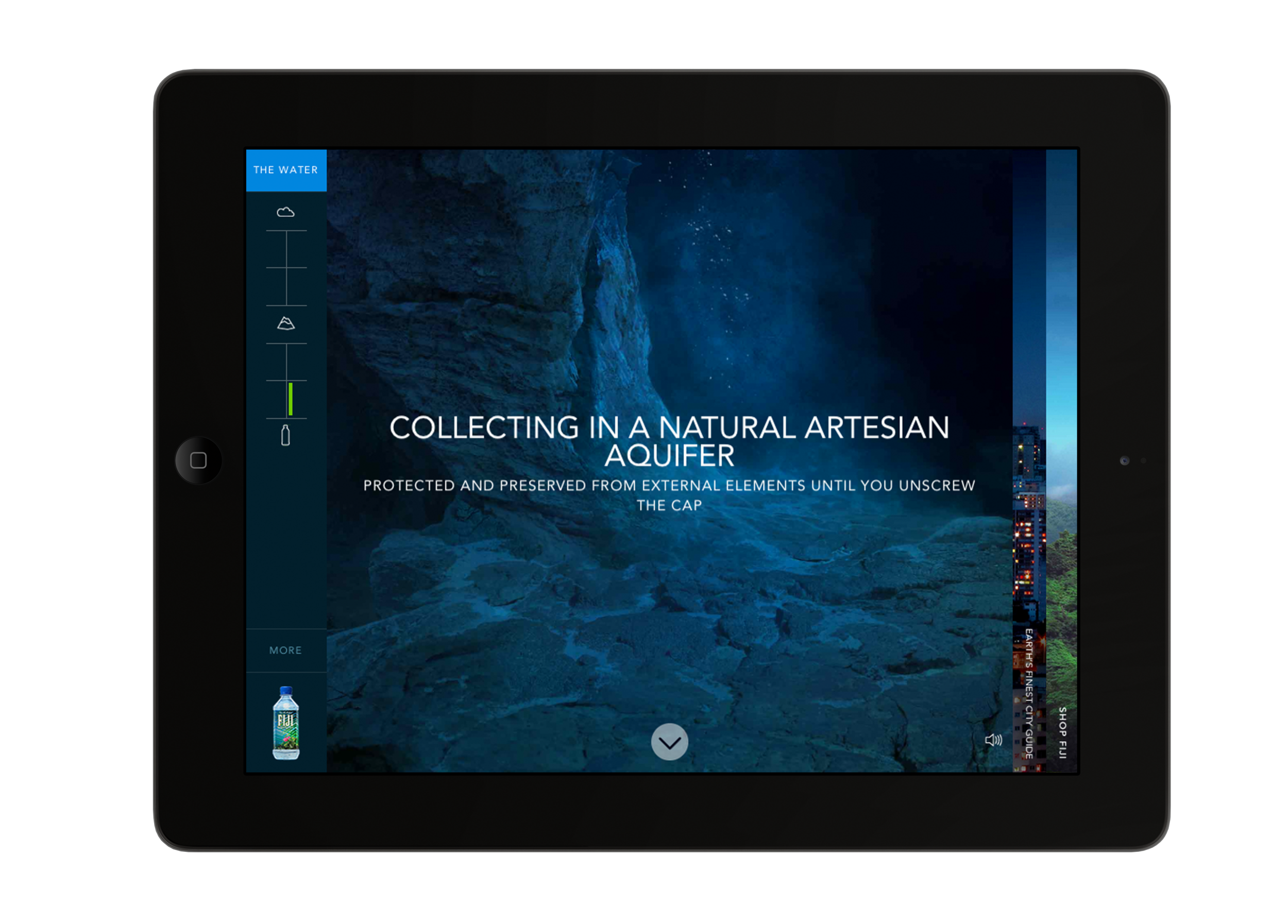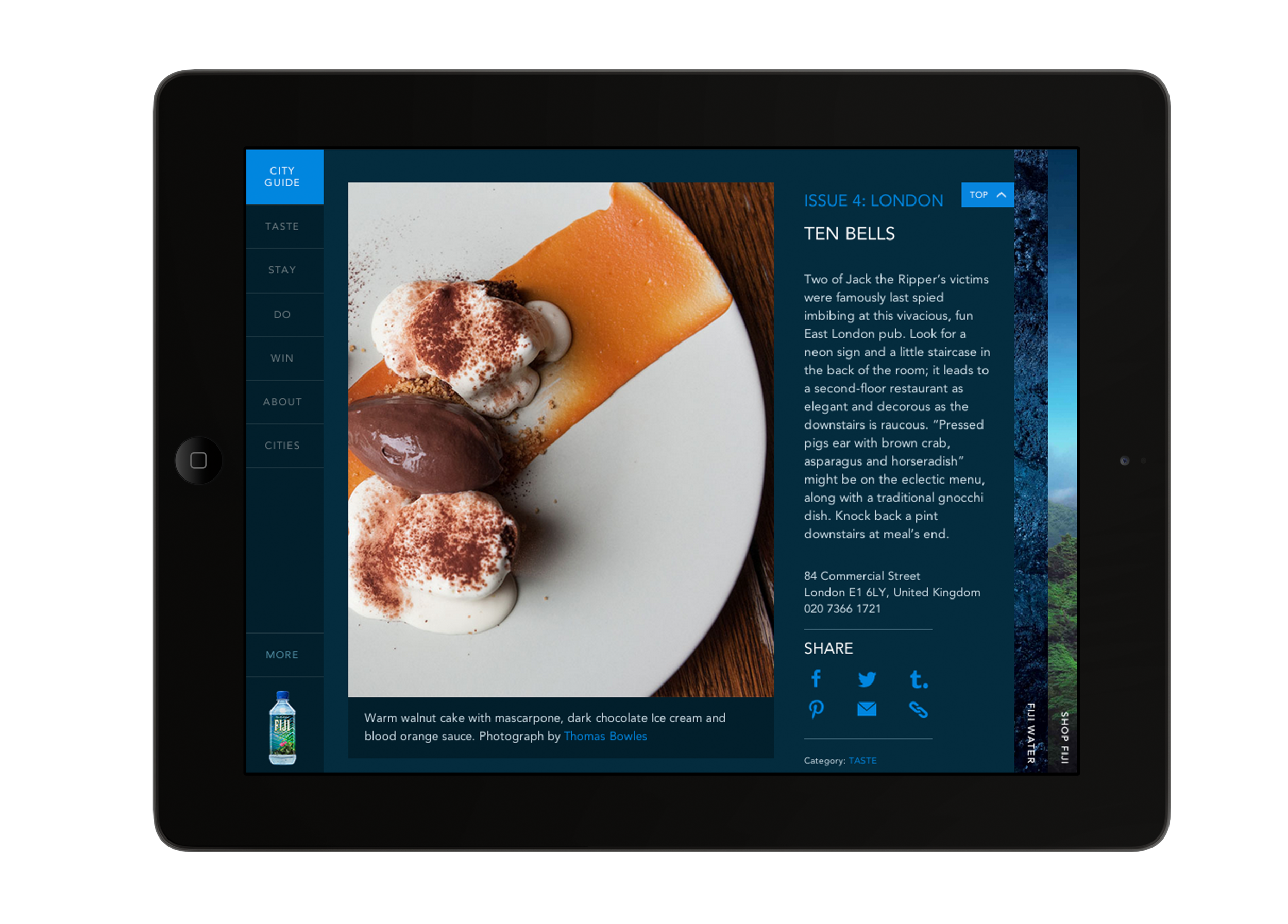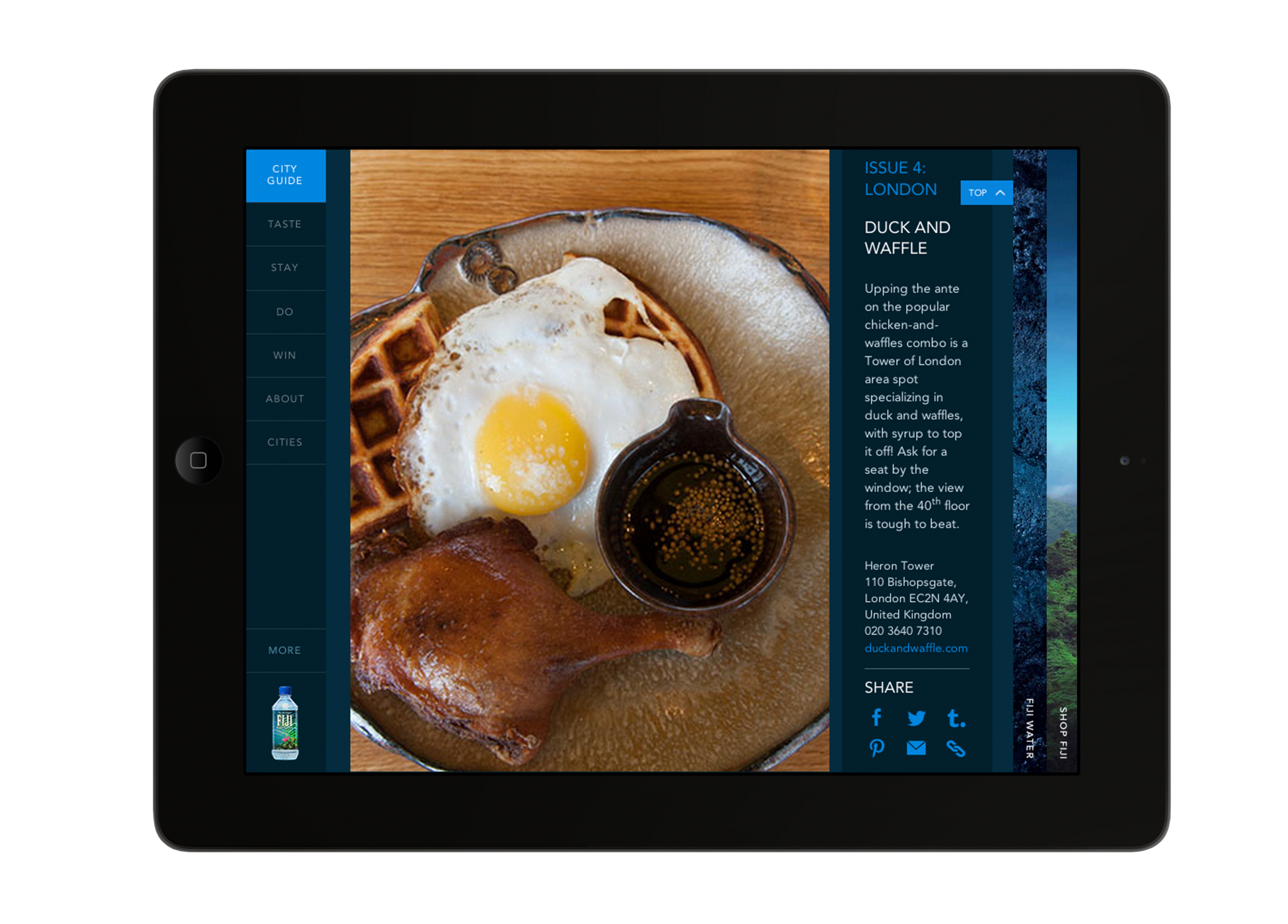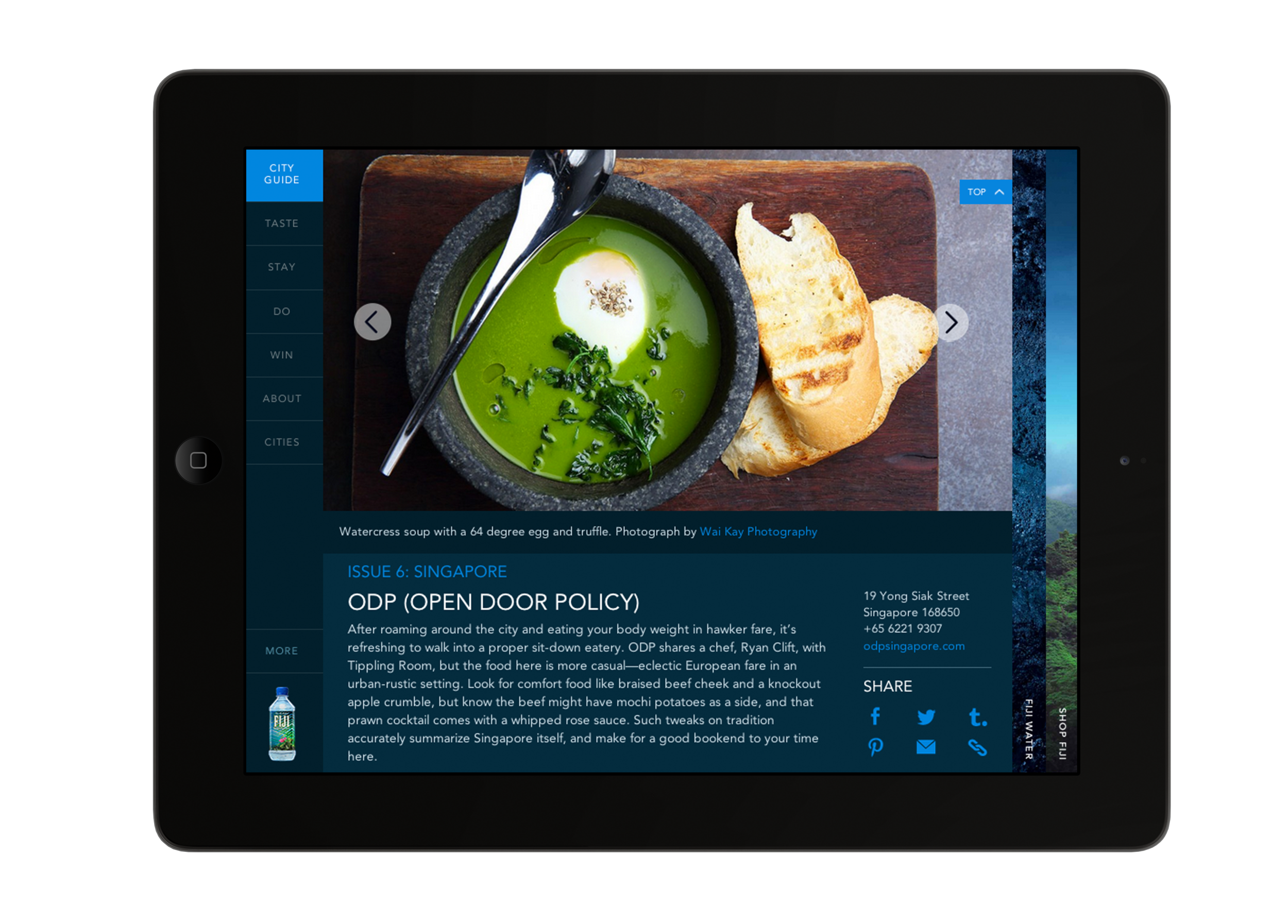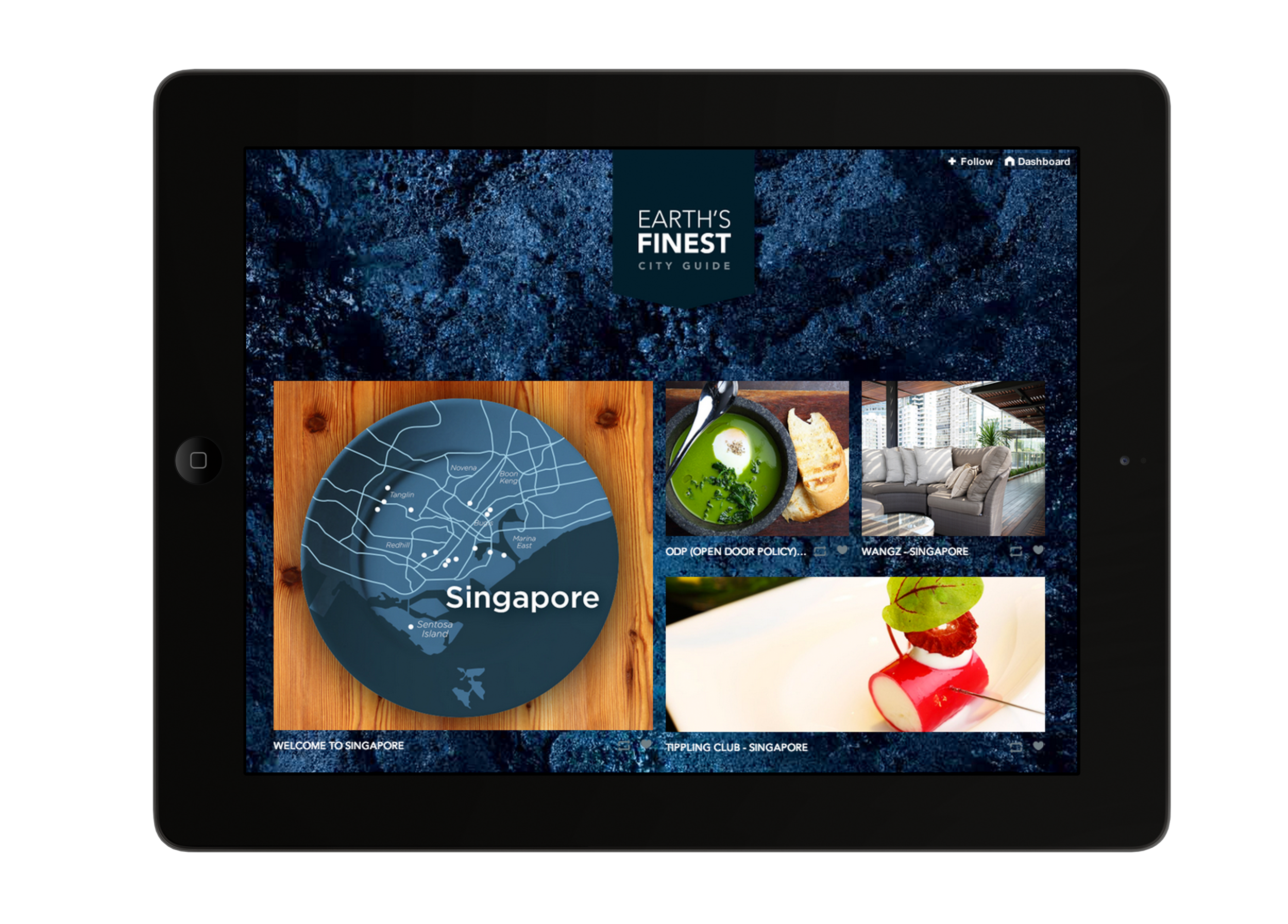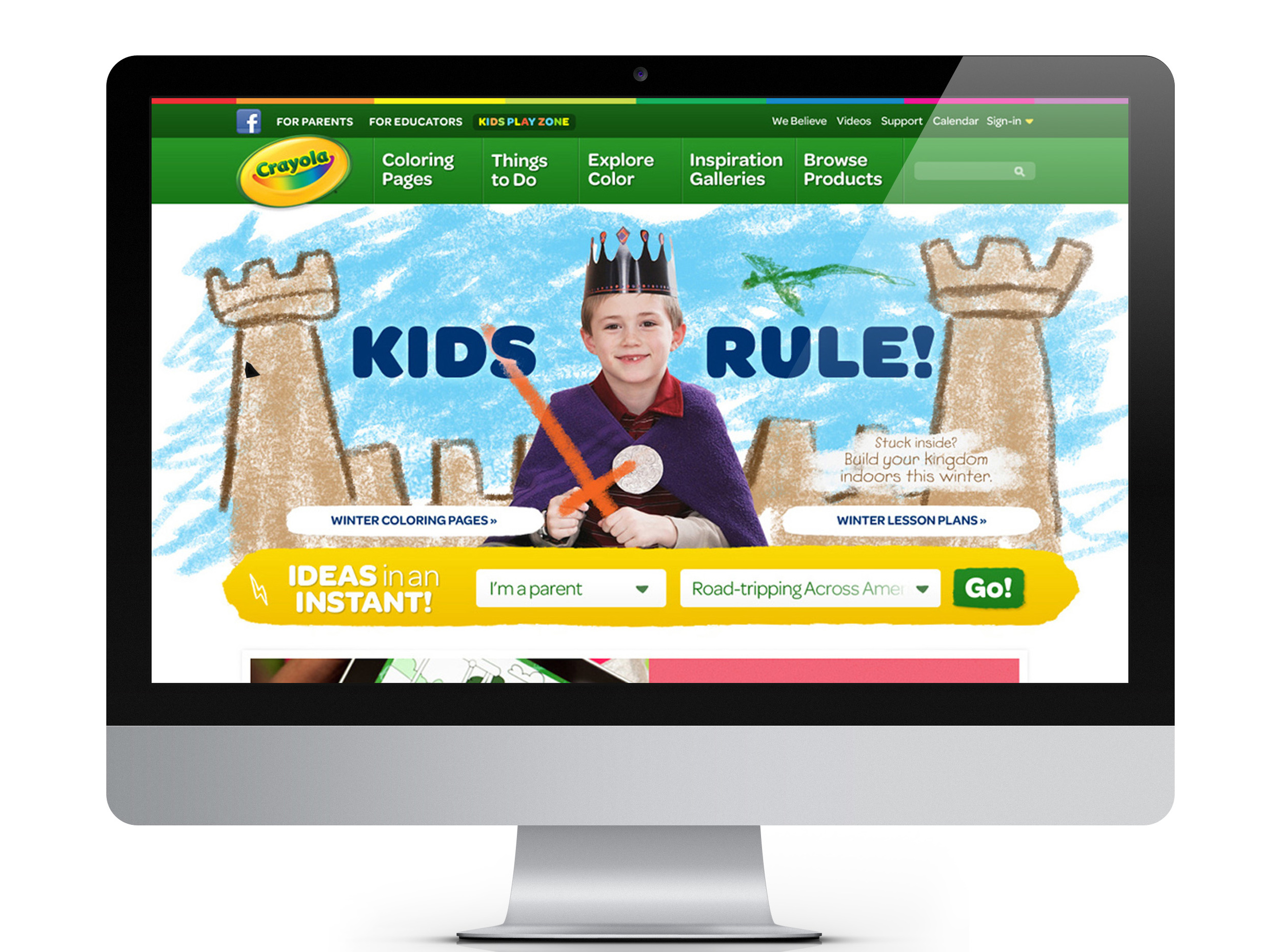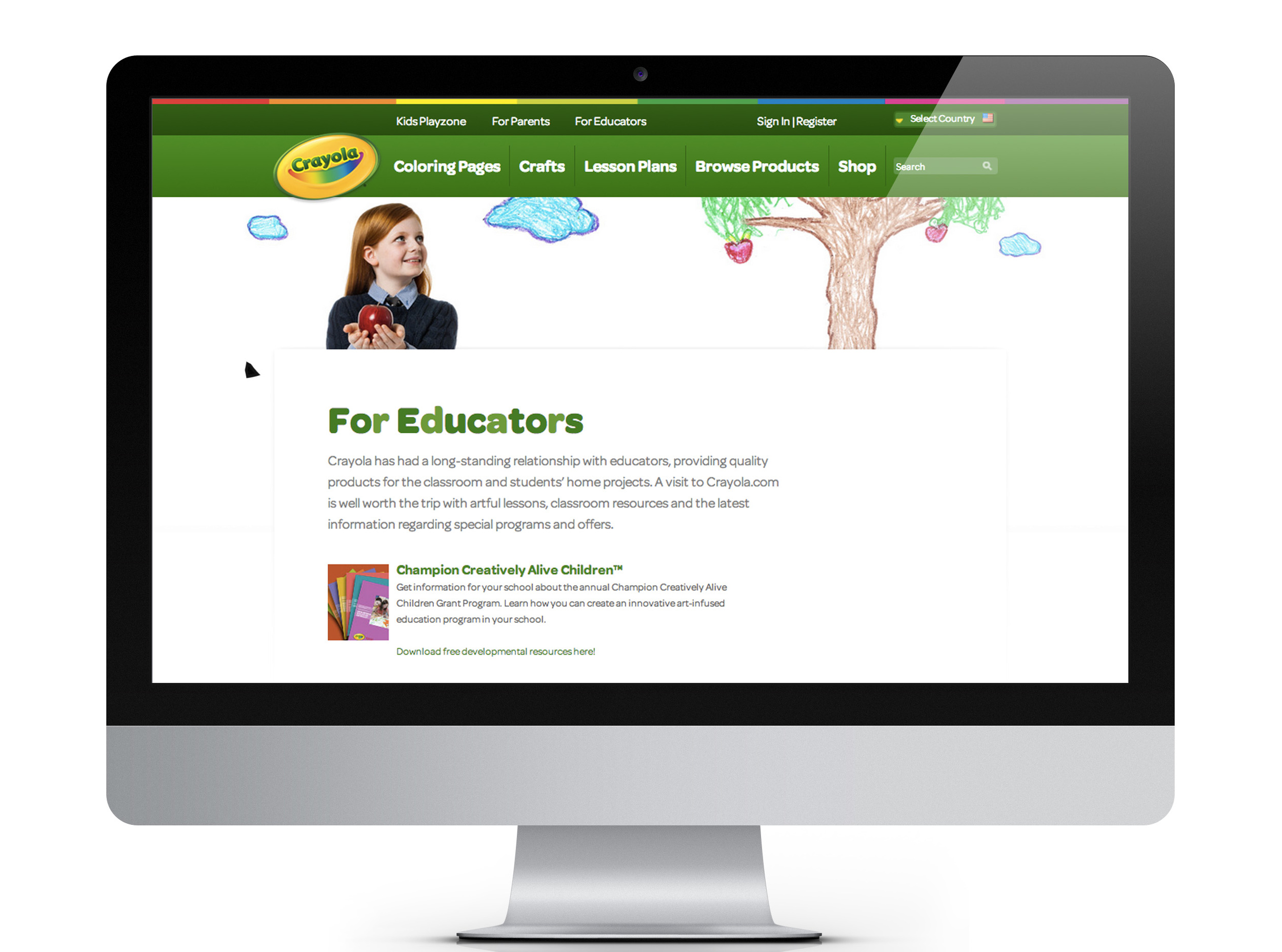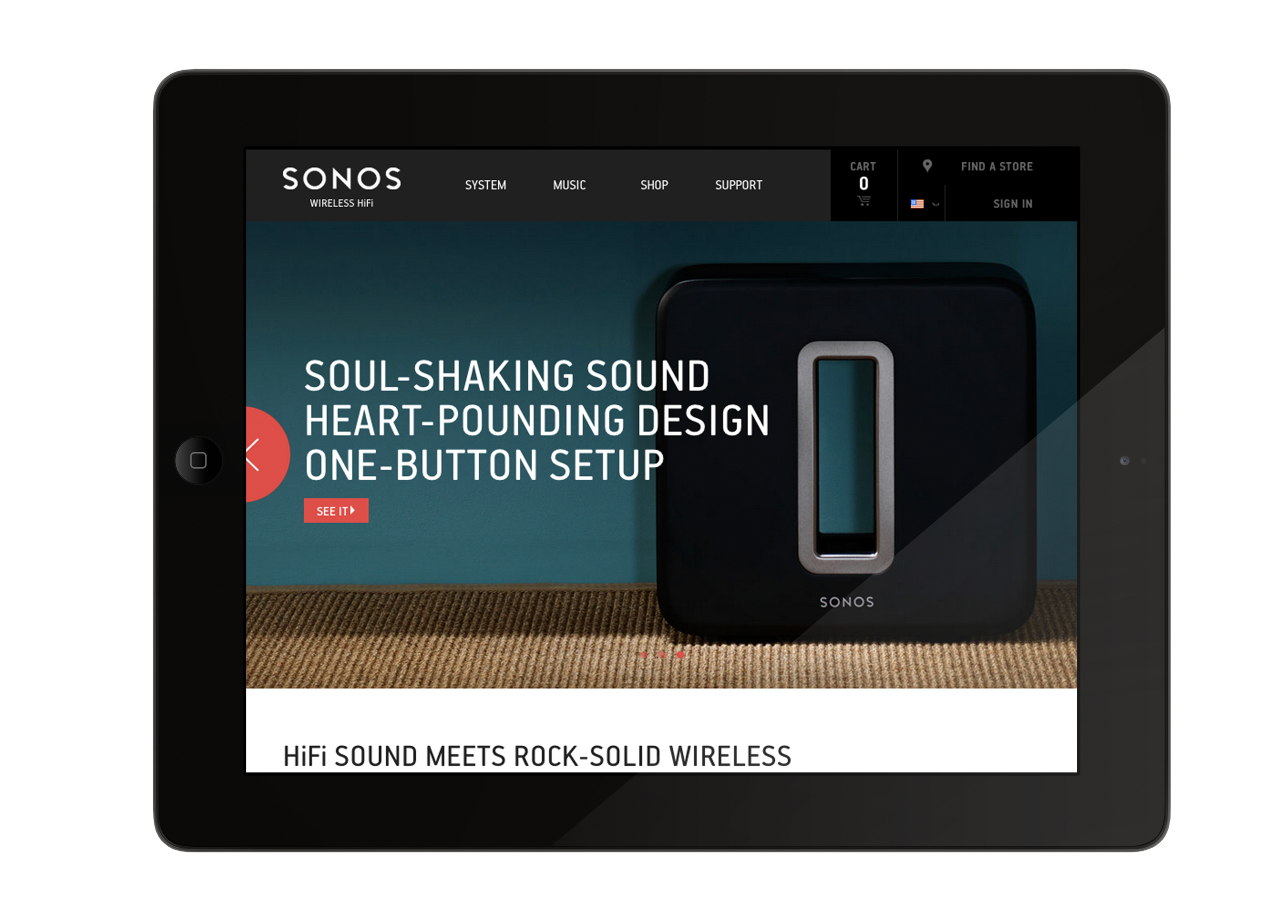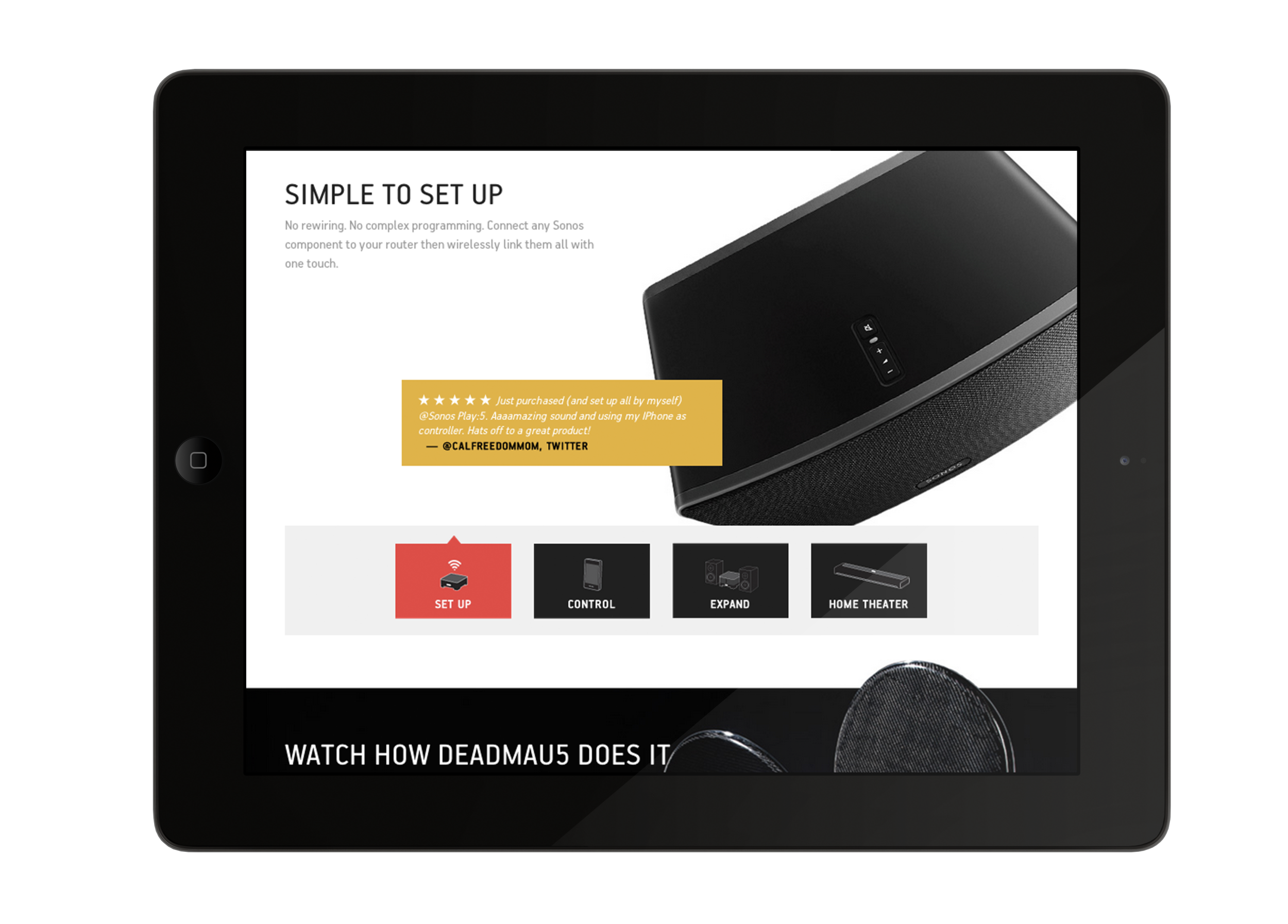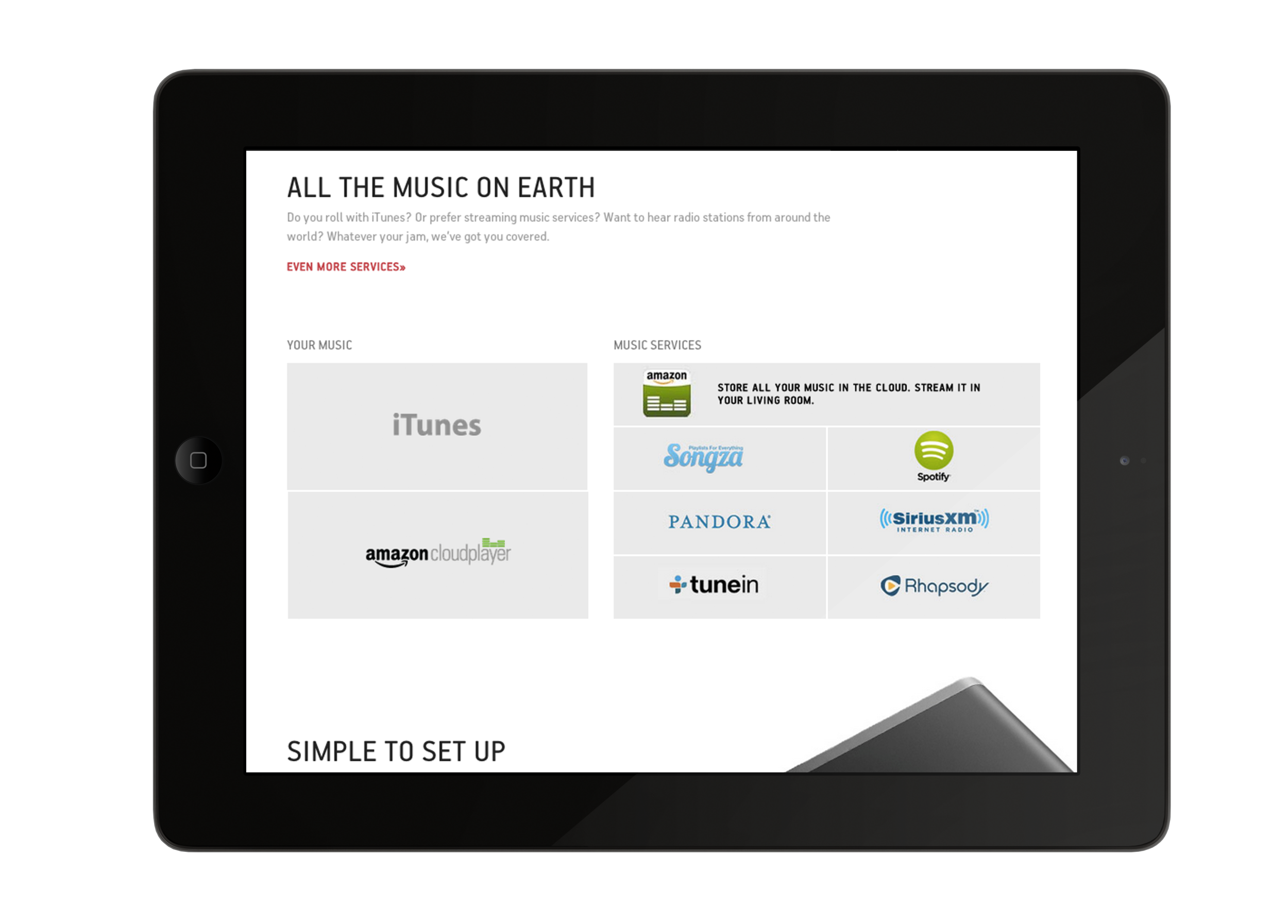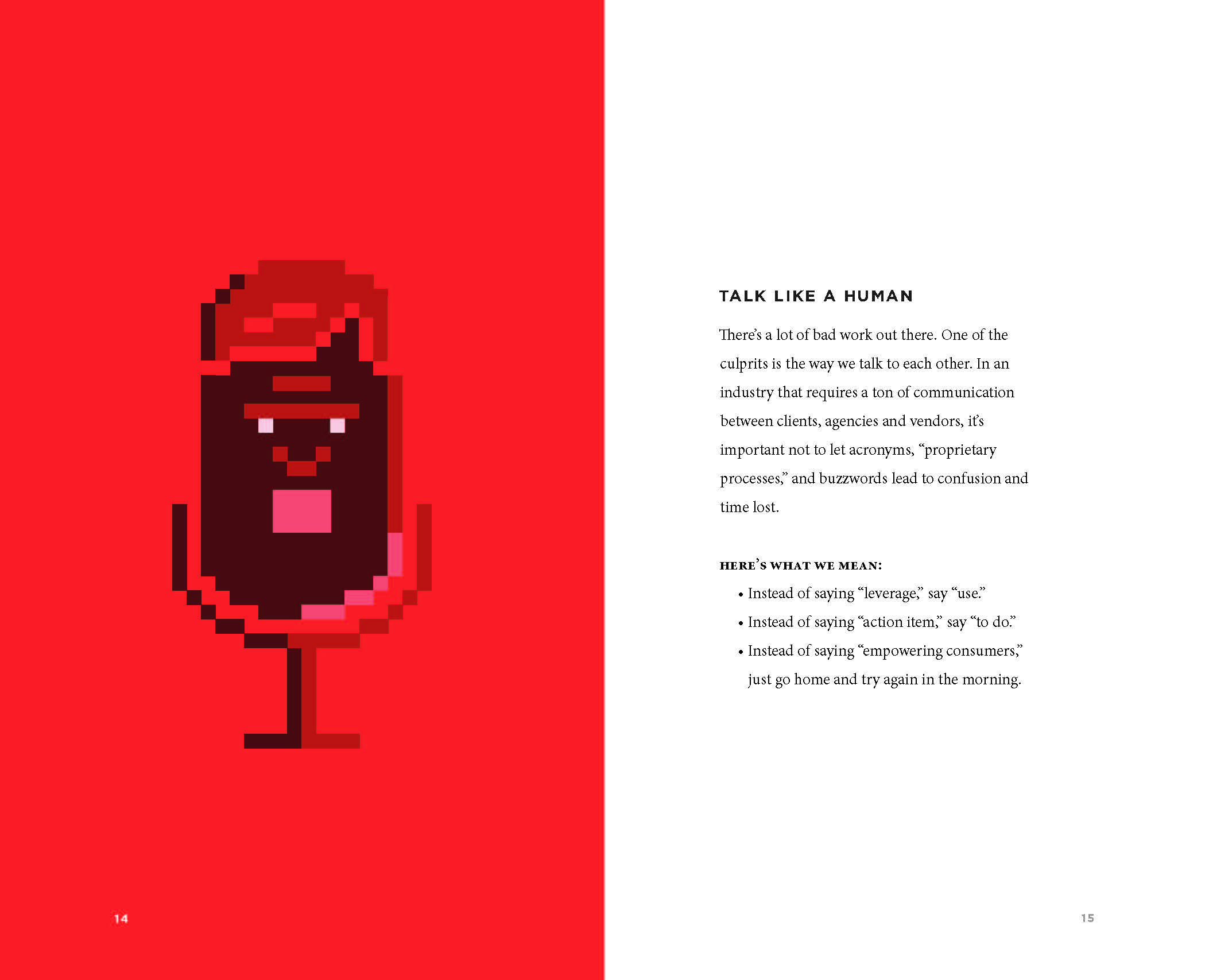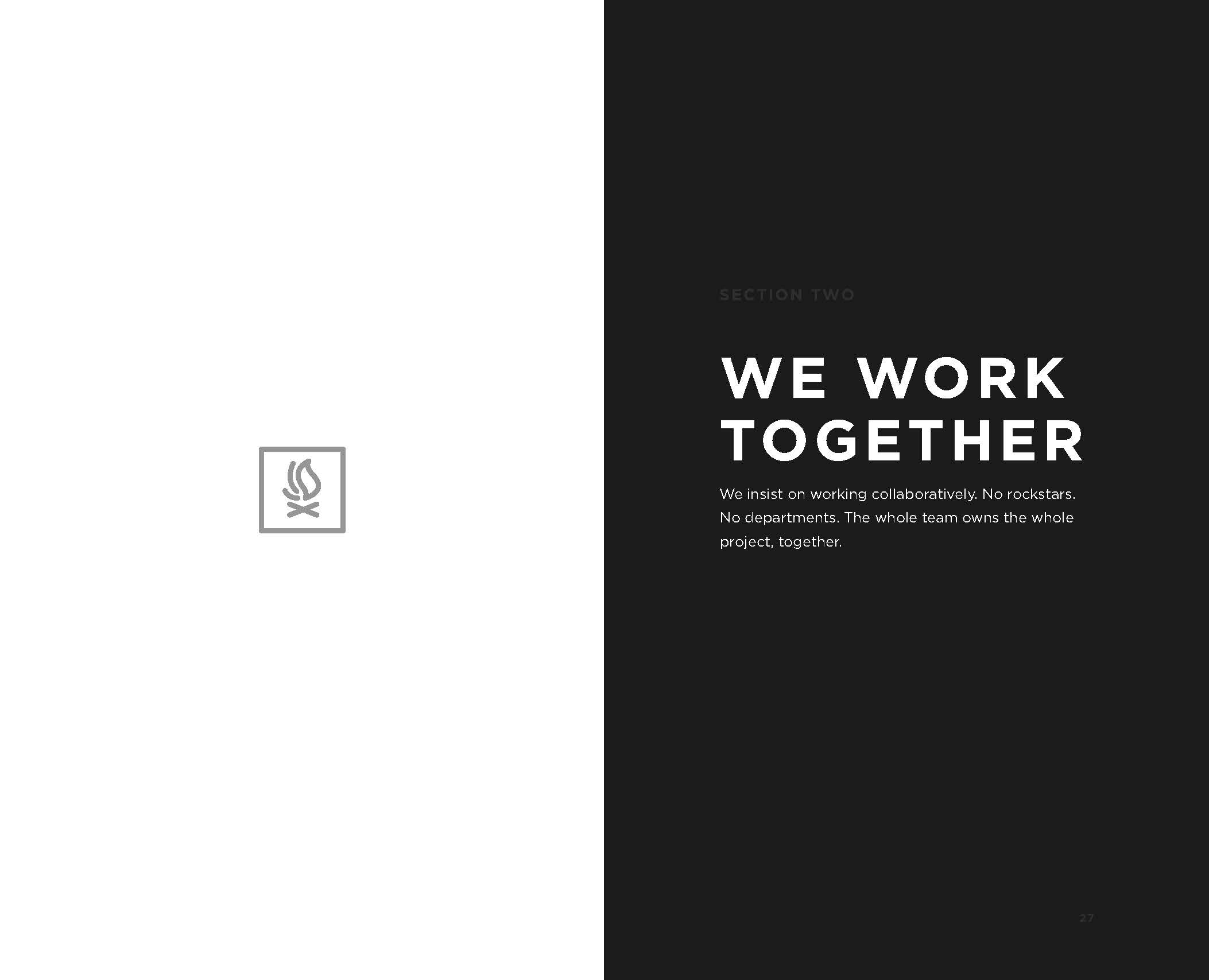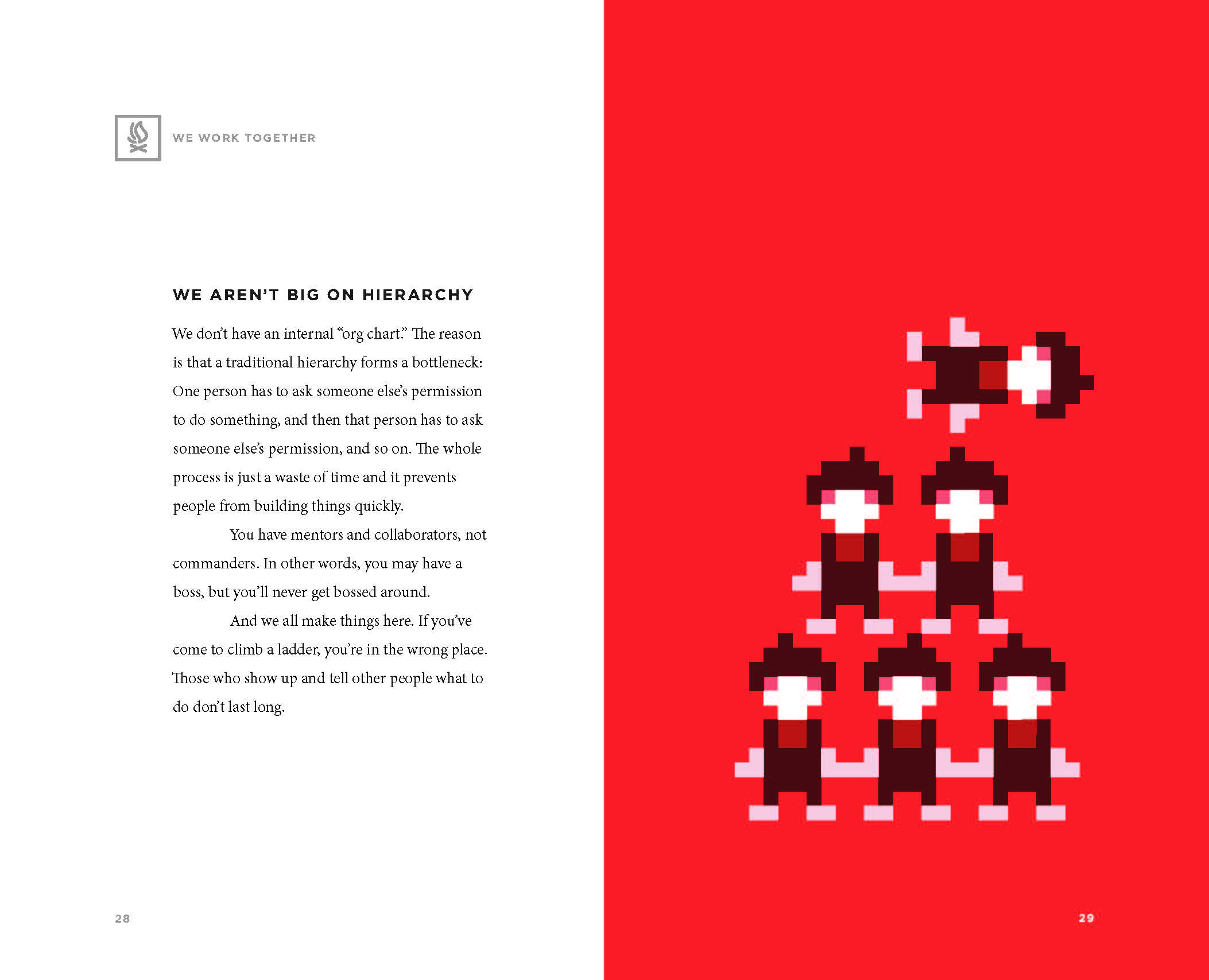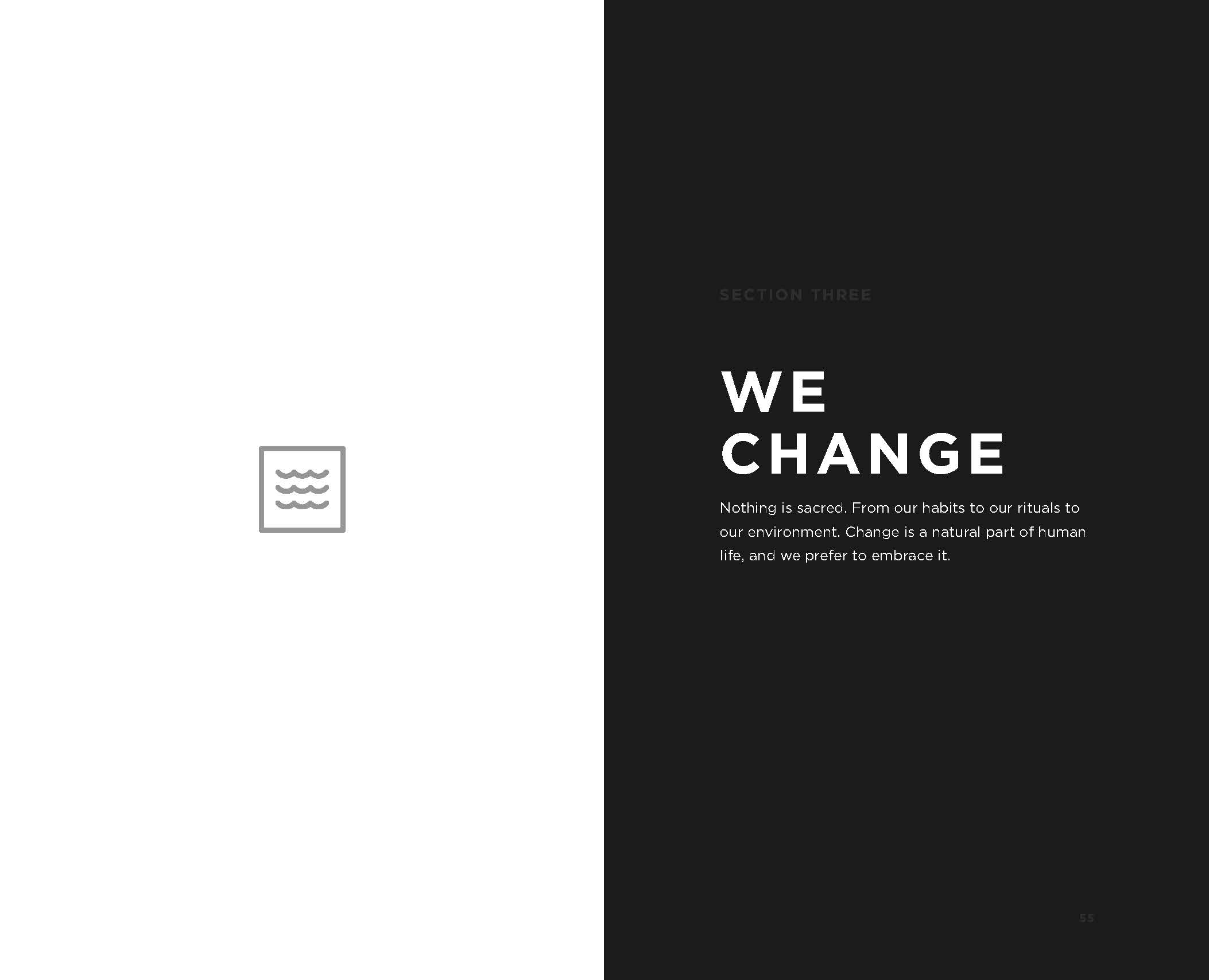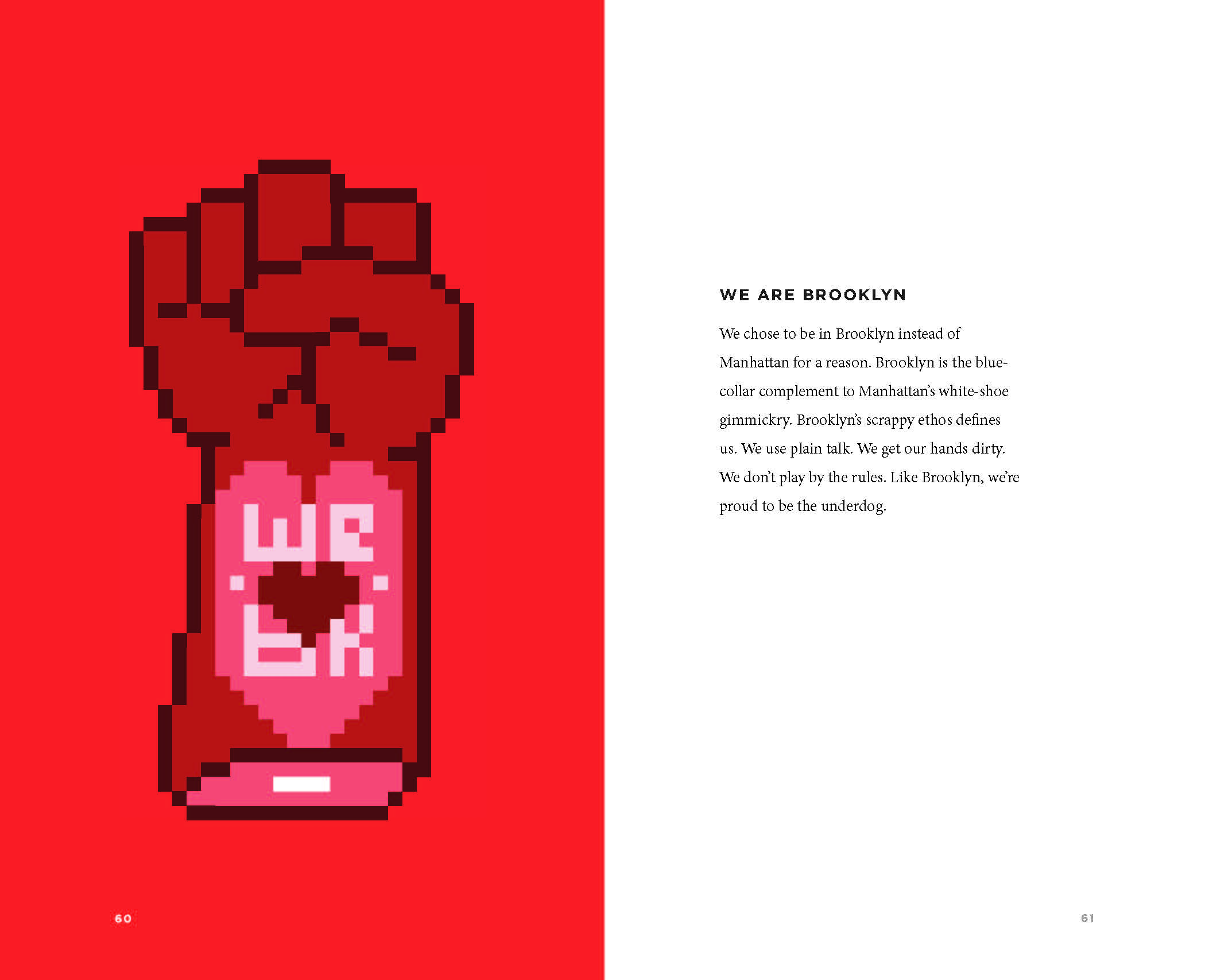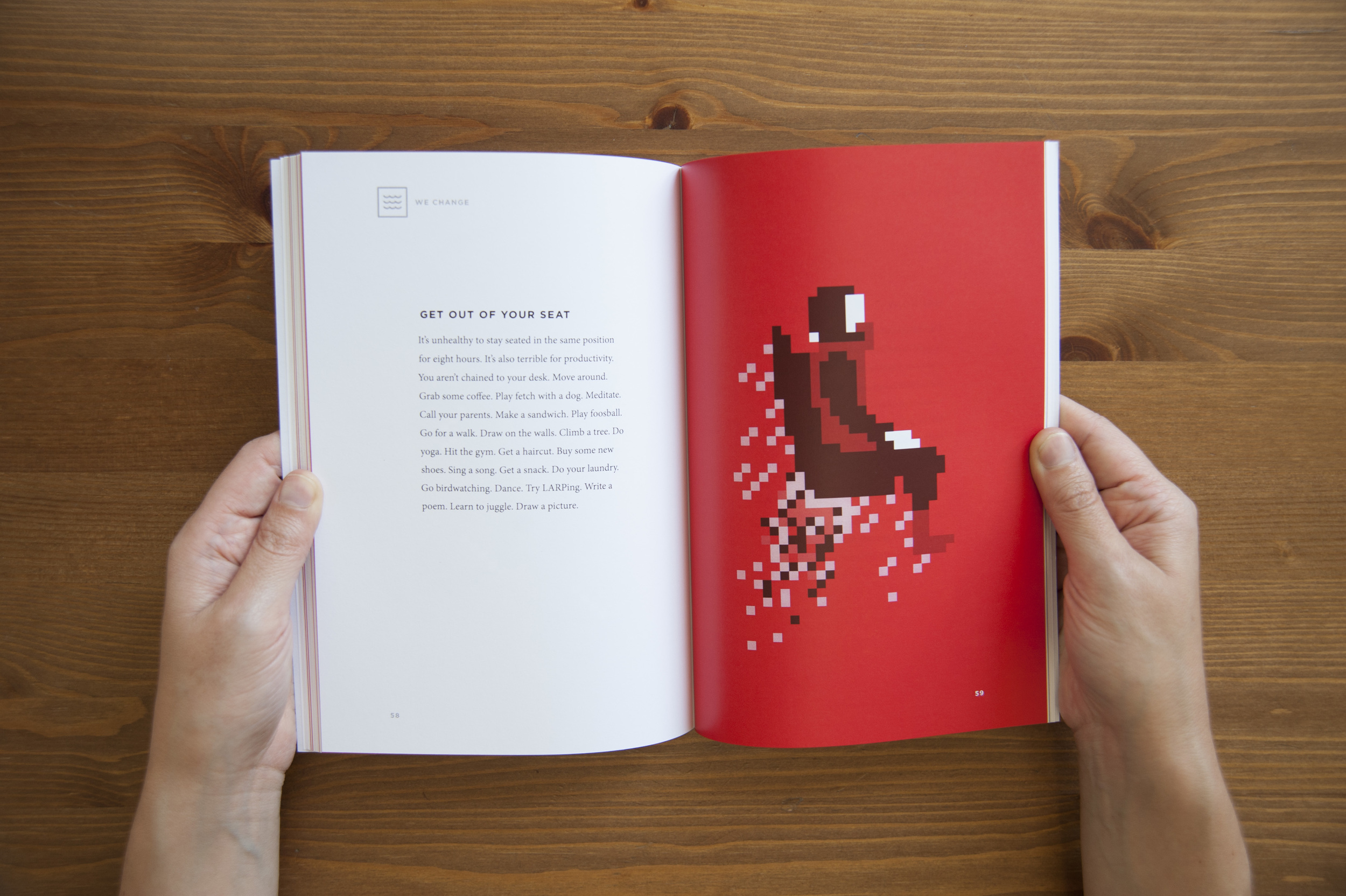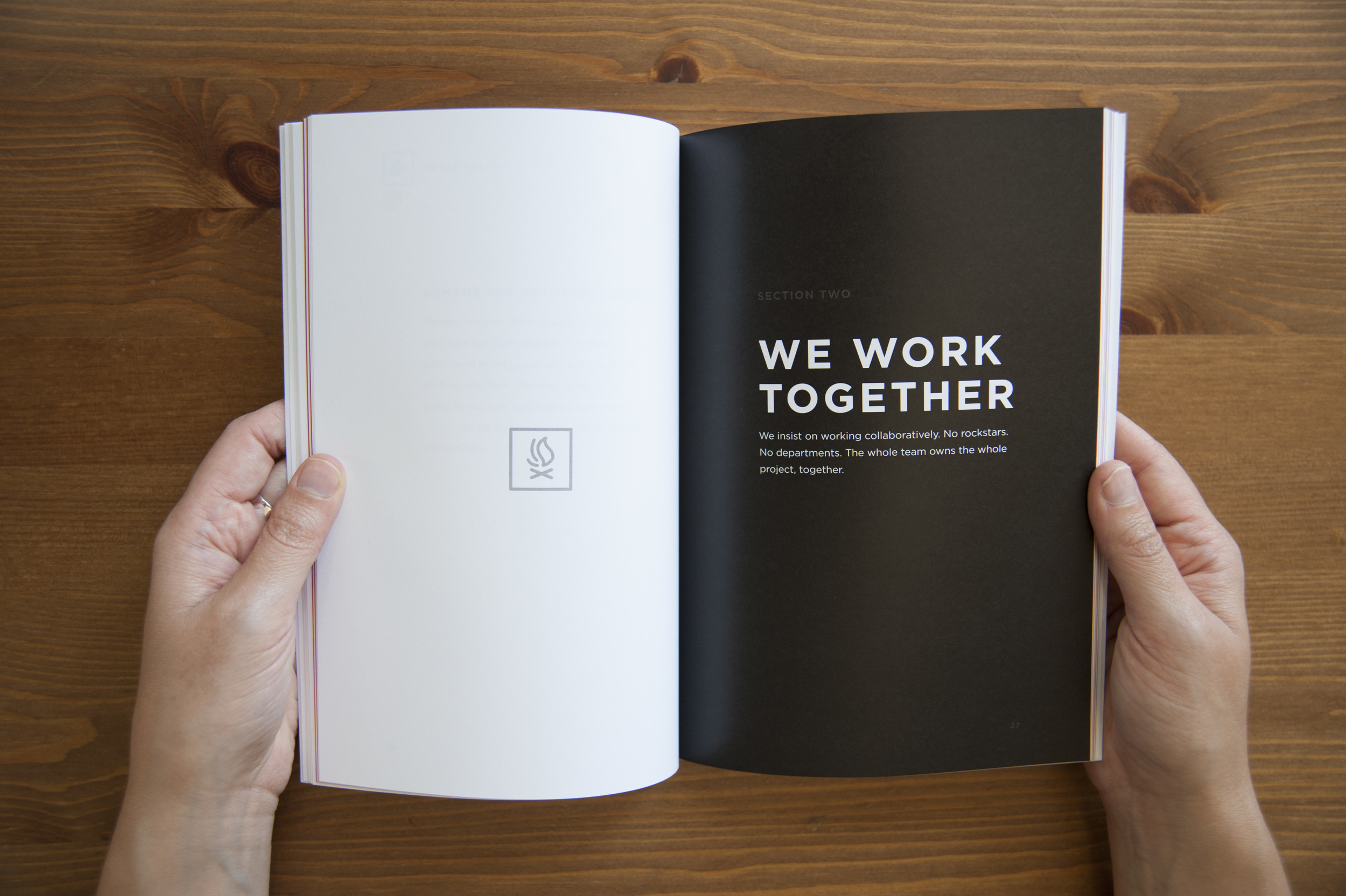ARoS PUBLIC
Challenge: Museums aren't just highbrow entertainment—they play a crucial role in shaping and depicting the values that define our culture. They offer unique opportunities for active inquiry and discussion and in fact, most people come to museums with other people—a signal they are looking for a social experience. So why do most museums seemed designed to be anti-social: sterile, silent white cubes that seem to discourage conversation, feeling and self-expression?
Solution: For the incomparable ARoS Art Museum in Aarhus, Denmark, we created three experiences specifically designed to encourage thoughtful interaction between multiple people. The Art of Looking tracks visitors' eye movement as they gaze at a painting. The Art of Commentary is a recording booth that listens as two people discuss an artwork, and uses speech-to-text to identify the most meaningful words from their conversation. The Art of Making lets you remix various works in the collection to create collage portraits of fellow museum-goers, illustrating how you really "see" them.
Made with Elle Barriga, Katia Davidson-Ferrara, Oriol Ferrer-Messia, Andreas Borg, Nicole Messier, Charles DiMaggion, Chris Schnarrs, Ed Blake and Danny Well.
TARGET OPEN HOUSE
Challenge: How can we help people experience the potential of the internet of things—predicted to be a $20 trillion market by 2020?
Solution: We built an acrylic house in downtown San Francisco inviting visitors to wander the rooms and select a story like "Baby wakes up" or "Burglary." Each story unfolds with projection-mapped demonstration of how several connected devices can work together to improve your life. Museum-inspired while still operating as a permanent, fully-functional store, it's our attempt to challenge the paradigm of what a retail experience can be.
Made with Marijana Wotton, Theresa Loong, Paul Hoppe, Duy Pham, Eric Rieper, Nico Guillin, Nima Vakili, and Myles Bryan.
Before I began designing experiences in public spaces, I worked on a number of web and mobile projects.
The items below were created at Big Spaceship, a creative agency in Brooklyn.
KEN BURNS IPAD APP
Challenge: Create a home for Ken Burns on iPad that fascinates fans and new audiences alike.
Solution: We worked closely with Ken to identify six themes that run through every one of his films: Art, Hard Times, Innovation, Politics, Race, and War. We built an immersive experience that uses the iPad's unique capabilities to illustrate the unexpected connections that crisscross the landscape of American history.
Built with Will Simon, Dave Chau, Ben Bojko, Stephen Koch and Grace Steite.
GOOGLE FOR SMALL BUSINESS
Challenge: How can we make capturing leads more interesting than a typical form field?
Solution: Make every step of the process deliver value. When small business owners provided their industry, we used their IP addresses to immediately deliver data about the size of the opportunity in their location. With each new piece of information entered, Google would return an increasingly accurate recommendation.
When is the last time you learned something while filling out a form?
Built with Michael Croxton, Ben Bojko and Grace Steite.
FIJI WATER
Challenge: Can we tell FIJI's unique origin story in a way that makes people really pay attention?
Solution: Show, don't tell. After a rigorous content audit, we focused on the most important elements and transformed the site into a simple, evocative, image-rich story. By removing all extraneous and distracting material, we ensured that every visitor will see a memorable depiction of how FIJI water is different.
Built with Valerie Gnaedig, Georg Fischer, Alec Cumming and Kara Masi.
FIJI: EARTH'S FINEST CITY GUIDE
Challenge: Can FIJI capture more of the world's attention by expanding the brand beyond water?
Solution: Provide real, relevant user value. FIJI's audience are jetsetters and those who aspire to that lifestyle. To speak to this audience, we launched a tablet-first luxury magazine called Earth’s Finest City Guide. To mirror the brand's unapologetically premium identity, all content is 100% original. And by building the magazine with Tumblr, we reduced the visibility problem—the carefully-tagged content is discoverable by Tumblr's 300 million monthly unique visitors.
Built with Valerie Gnaedig, Georg Fischer, Alec Cumming and Kara Masi.
CRAYOLA
Challenge: In an age when kids are spending so much time online, can we use a screen to foster creativity offline?
Solution: The old Crayola site had over 50,000 pages of content, much of which was valuable, but difficult to find. To learn how to deliver the most useful information as fast as possible, we performed extensive research with parents and teachers. Based on their needs, we developed a content strategy that delivers a multitude of frequently-refreshed printable material right from the home page.
In short, it's designed to get parents, teachers and kids to shut off the computer and get creating.
Built with Dan Mall, Able Parris and Stacey Mulcahy.
SONOS
Challenge: Sonos is unlike any other sound system. How can we convey that—and the brand's bold attitude—right from the home page?
Solution: Simplify. We began by reducing the homepage carousel from 11 states, most of which were never seen. Next, we used data to identify and surface the content users found most valuable. Finally, we introduced elements of social proof, allowing satisfied customers to say what they loved about Sonos in their own words.
Built with Michael Croxton.
OUR MANUAL
Challenge: Workplaces usually have handbooks that tell you about your annual review and retirement plan. What's often missing is something to explain what it's really like to work there—including the quirks, rituals and challenges.
Solution: For a Big Spaceship hack day, we created an illustrated 72-page book to help new and potential hires understand exactly what they're getting themselves into. We began by interviewing dozens of past and present employees, from the CEO to the interns. The biggest insight came when we realized that most of the unique traits people loved were really double-edged swords. For example, a flat hierarchy sounds great, but it's really only right for a certain type of worker. Our Manual is full of real talk—the things we wished we knew when we started. Things change, so we made it open source—anyone can make an edit or update anytime. Read the whole thing here.
Made with Will Simon and Michael Croxton.


